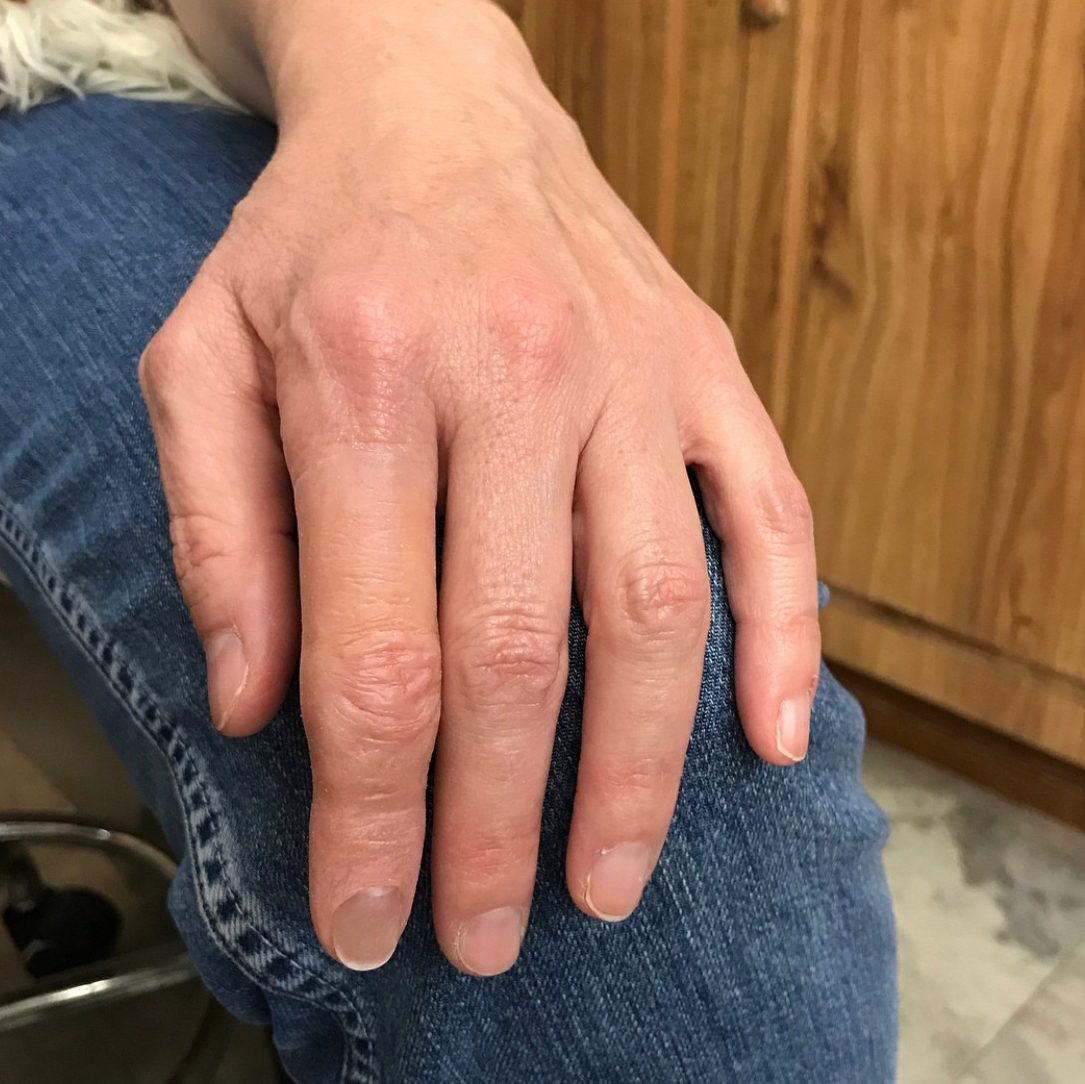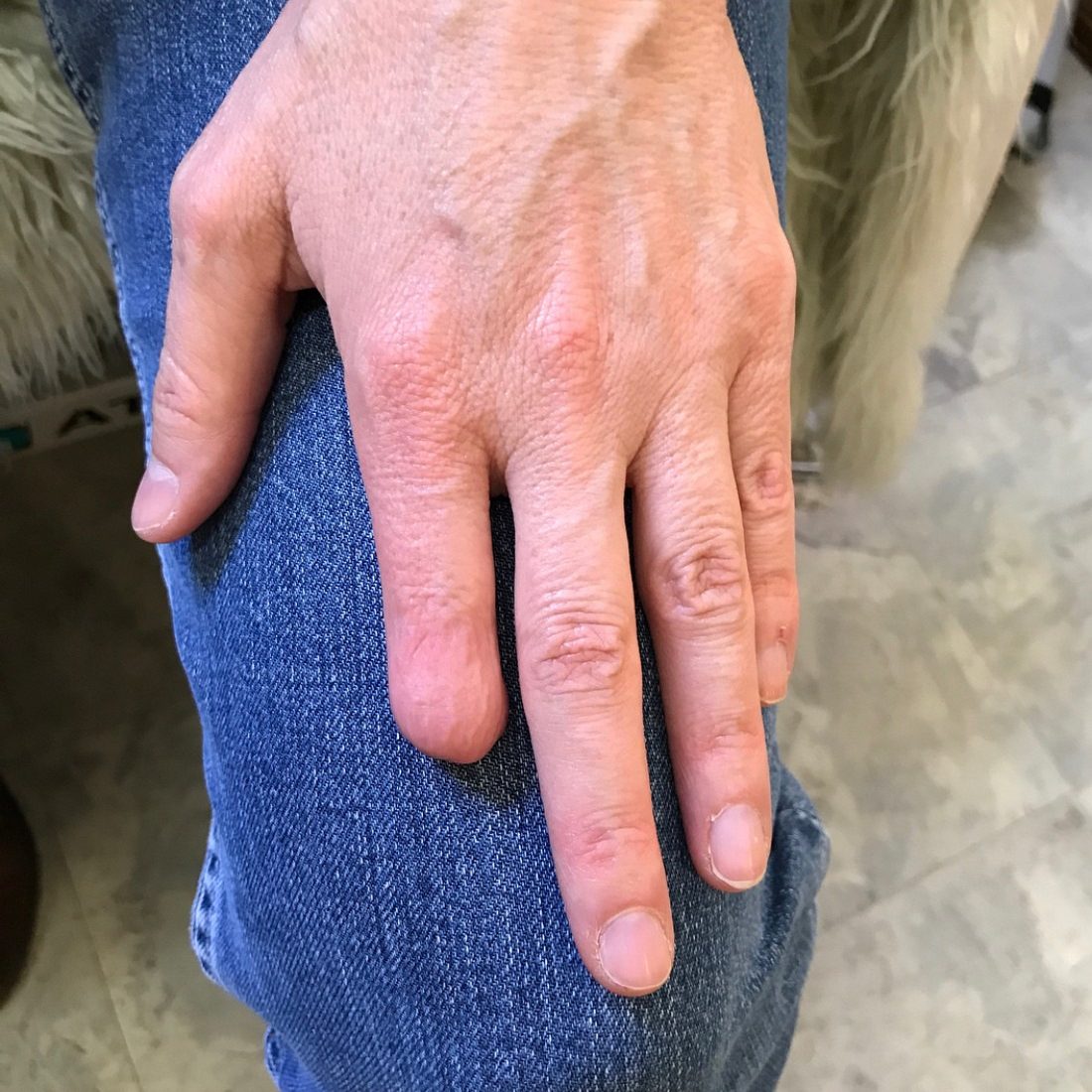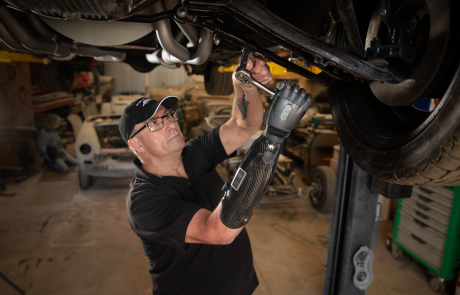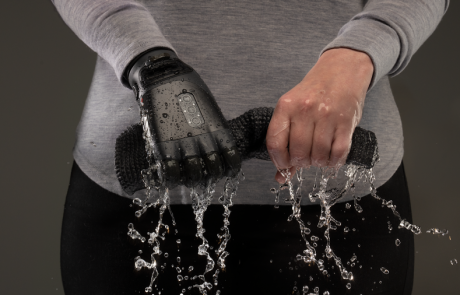We understand that every person’s journey is different. Whether you’re adjusting to a new prosthesis or looking to enhance your mobility, we provide customised solutions to suit your lifestyle and goals.
Our Prosthetic Treatment Process
We start with a detailed consultation and physical examination. We take the time to listen, assess your goals, and build a personalised plan incorporating the ideal skin interface, socket design, suspension mechanisms and componentry.
Trials
You’ll have the opportunity to trial different prosthetic feet and knees to find the combination that best suits your mobility goals, lifestyle, and comfort. This hands-on approach empowers you to make informed choices before your final fitting.
As the region’s only independent prosthetic provider, we offer components from all major suppliers – without being limited by exclusive commercial agreements or brand restrictions.
Fitting
From an initial plaster cast, the prosthetic socket is manufactured to ensure optimal alignment, comfort, and function. Every detail is fine-tuned to your body and walking style to achieve the best possible outcome.
Training and Ongoing Support
Rehabilitation doesn’t end with the fitting. We provide ongoing support and collaborate with your healthcare team to monitor progress, make adjustments, and ensure your prosthesis continues to support your goals.
Lower Limb Prosthetics
Providing prosthetic solutions for all levels of lower-limb amputation, including:
- Partial Foot Prosthetics
- Trans-metatarsal
- Lisfranc
- Syme’s
- Boyd
- Below-Knee (Trans-tibial)
- Knee Disarticulation
- Above-Knee (Trans-femoral)
- Hip Disarticulation
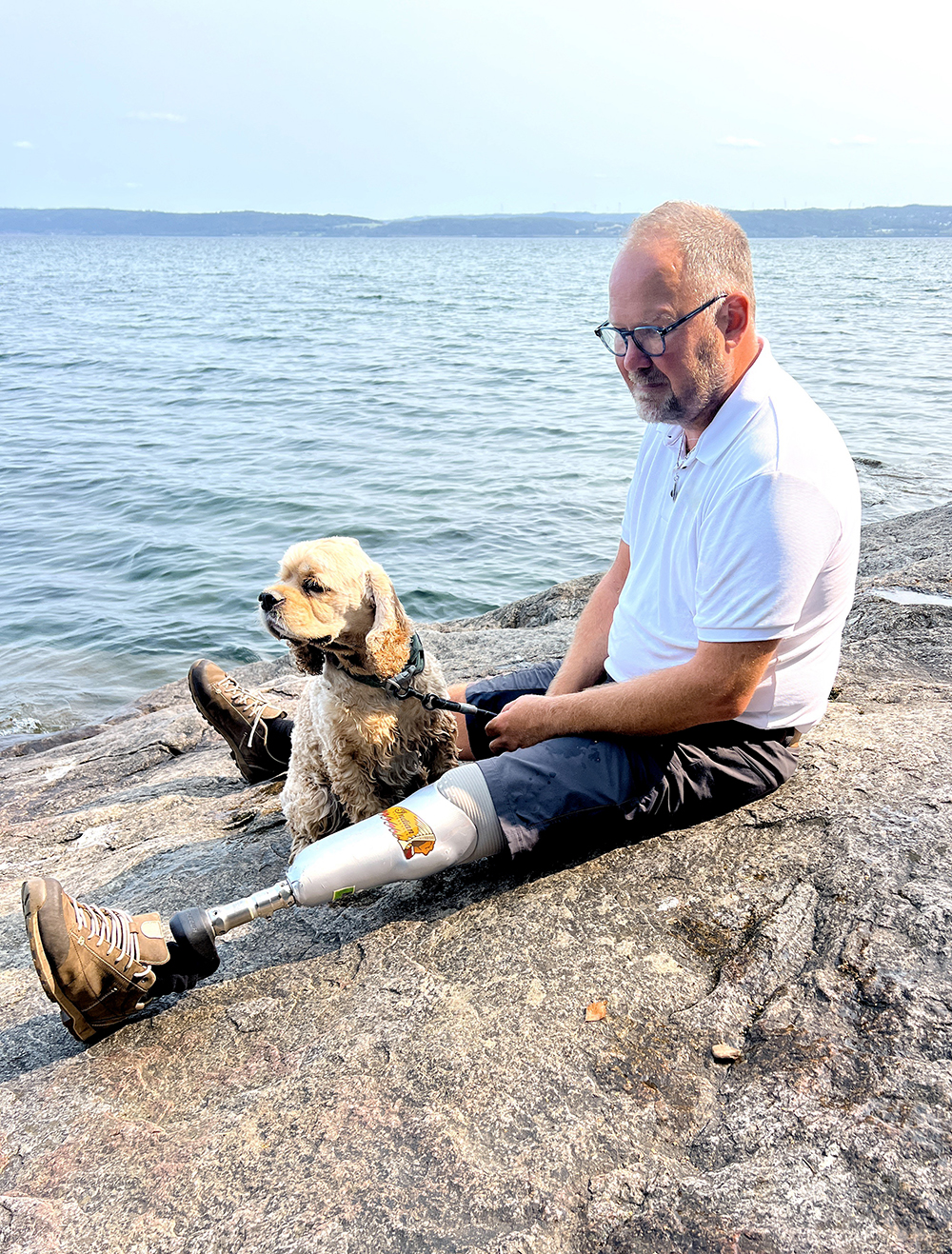
Prosthetic Feet
Choosing the right prosthetic foot is a critical part of restoring mobility, comfort, and confidence. It’s important to select a prosthetic foot tailored to suit your lifestyle, activity level, and personal preferences.
- Dynamic-Response Feet – designed for active users, these feet store and release energy with each step, promoting a smooth and efficient gait.
- Carbon Fibre and Fibreglass Options – lightweight yet strong, these materials offer excellent energy return, shock absorption, and long-term durability.
- Multiaxial Feet – allow movement in multiple directions, improving balance and adaptability on uneven terrain. Ideal for users who need flexibility and stability during everyday activities.
- Posterior-Mount Feet – positioned behind the socket to improve energy transfer and gait symmetry, often used in high-performance or athletic prostheses.
- Low-Profile Feet – designed for users with limited clearance between the residual limb and the ground, such as in partial foot or Symes amputations.
- Water-Resistant and Activity-Specific Feet – suitable for swimming, showering, or recreational activities, offering both functionality and peace of mind.
Whether you’re looking for a foot that supports high-impact sports or one that prioritises comfort and stability for everyday use, we’ll guide you through the options to find the best fit for your goals and lifestyle.
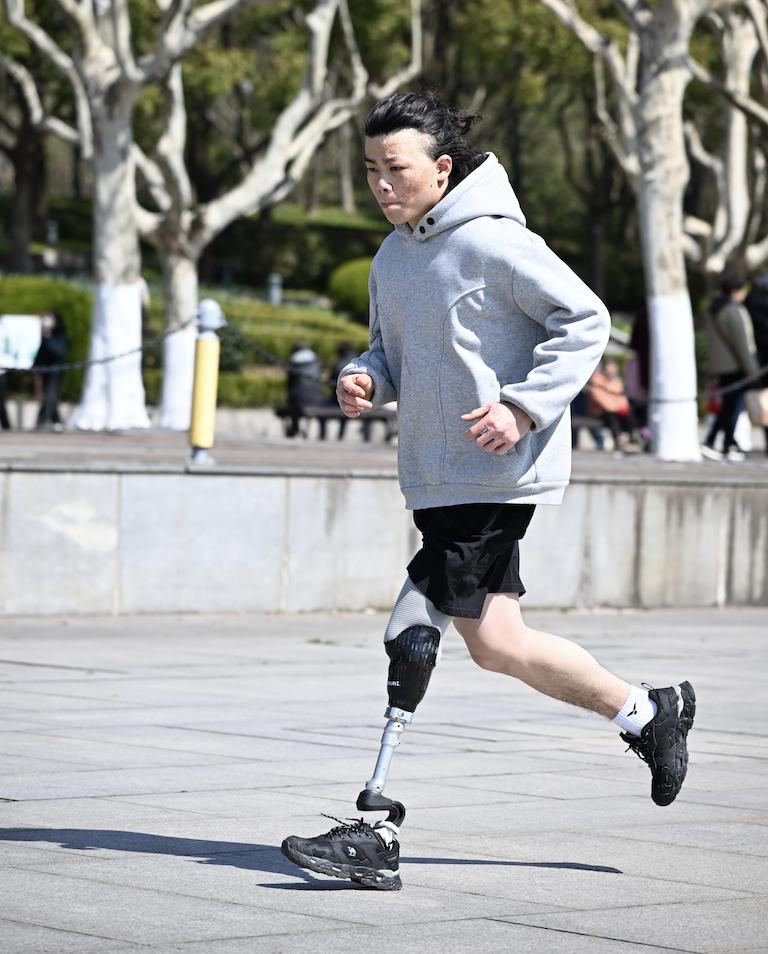
Prosthetic Knees
Choosing the right prosthetic knee is one of the most critical decisions in ensuring successful rehabilitation and long-term mobility after an above-knee amputation. The knee joint plays a central role in walking efficiency, safety, and comfort. For individuals with a transfemoral (above-knee) amputation, walking can require up to 60–100% more energy compared to able-bodied individuals. This increased demand makes it essential to have a prosthetic knee that is well-matched to your activity level, goals, and physical capabilities.
We offer a broad range of knee prosthetics, carefully selected to minimise energy expenditure, improve gait symmetry, and support an active, independent lifestyle.
Microprocessor-Controlled Knees
These advanced prosthetic knees continuously analyse your movement and adjust in real time to provide smoother, more stable walking, helping to:
- Reduce the risk of trips and falls
- Improve safety on uneven terrain and stairs
- Enable a more natural and efficient walking pattern
- Lower the overall energy cost of walking
These knees are especially beneficial for active users, older adults seeking enhanced safety, or those navigating variable environments.
For users who prefer or require a simpler system or activity specific knee we also offer durable and dependable non-microprocessor options. These include:
- Mechanical Knees – robust, and reliable for basic mobility.
- Hydraulic Knees – provide smooth, controlled movement and adjustable resistance, suitable for users needing moderate support during varied walking speeds.
- Pneumatic Knees – lightweight with air-controlled resistance, often used for less demanding activity levels.
These systems offer consistent performance and can be tailored to your walking speed, environment, and personal preferences.
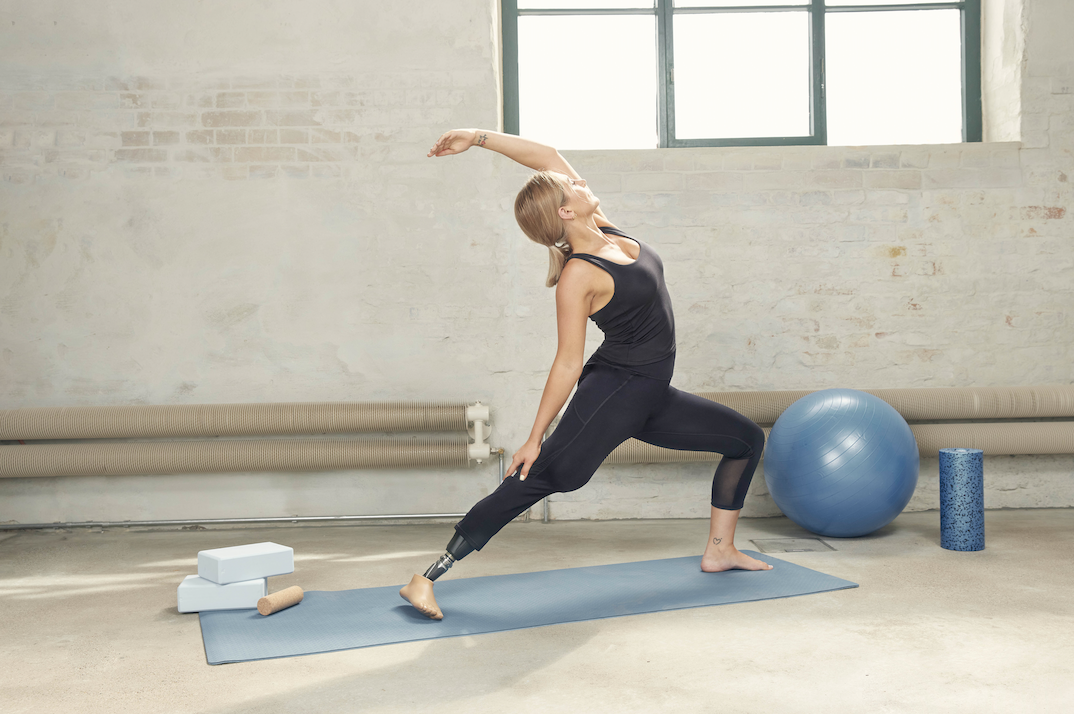
Suspension Systems
A secure and comfortable fit is essential for both function and skin health. Suspension systems offer a range of benefits, each suited to different activity levels, limb shapes, and personal preferences.
- Silicone or Gel Liners – these soft, cushioning liners create a snug, skin-friendly interface between the limb and socket, helping to reduce friction and improve comfort throughout the day.
- Pin-Lock Systems – a mechanical system where a pin at the end of the liner locks into the prosthetic socket, providing a secure and reliable connection. Ideal for daily use and easy donning/doffing.
- Seal-In Suspension Sleeves – these sleeves create a vacuum or suction seal around the limb, offering a more natural feel and improved proprioception. Great for active users who need increased control and stability.
- Vacuum-Assisted Suspension – for optimal socket fit and limb volume management, vacuum systems maintain consistent suction throughout the day, reducing movement and improving skin health.
- Anatomical or Strap-Based Suspension – for certain limb shapes or user preferences, belts or straps may be used for secure attachment, especially in paediatric or upper-limb prostheses.
Your prosthetist will work closely with you to determine the best suspension system based on your comfort, control needs, and lifestyle.
Osseointegration
For some patients, osseointegration offers an alternative to traditional socket prostheses. This surgical procedure directly attaches the prosthesis to the bone via an implant, eliminating the need for a socket.
Benefits include improved comfort, better proprioception, and the potential for greater mobility. While not suitable for everyone, osseointegration can significantly improve quality of life for selected candidates.
We are experienced in working with osseointegration-specific components and connectors. We provide regular servicing and maintenance tailored to this type of prosthesis – an essential part of ensuring long-term safety, reliability, and component longevity.
Why You Might Need More Than One Prosthesis
No two days – or people – are the same. That’s why a single prosthesis often can’t meet all the demands of your lifestyle. We design multiple prosthetic solutions tailored to your daily routine, hobbies, and performance goals.
For example, you might use an everyday prosthesis for comfort and style, a recreational limb designed for water-based or high-impact activities, a high-performance prosthesis built to get you back on the sporting field, or even a specialised device tailored to a specific hobby or sport. Each is customised to suit a specific purpose, helping you live life without limitations – whether you’re at work, at the beach, or on the footy field.
Upper Limb Prosthetics
We provide solutions for:
- Partial hand prosthetics
- Transradial (below elbow)
- Transhumeral (above elbow)
- Shoulder disarticulation
Partial Hand Prosthetics
Depending on the level of amputation and individual needs, a variety of prosthetic options are available for partial hand amputations. These range from cosmetic silicone prostheses, designed to restore natural appearance, to mechanical finger prosthetics that allow basic grasp and release functions. For users who require static support, positional finger prosthetics can be configured to hold specific positions for stability or function.
For more advanced functional needs, myoelectric partial hand prostheses offer intuitive control through muscle signals, enabling powered finger movement and enhanced grip patterns. Each solution is tailored to the user’s anatomy, goals, and lifestyle to ensure the best balance of appearance, comfort, and function.
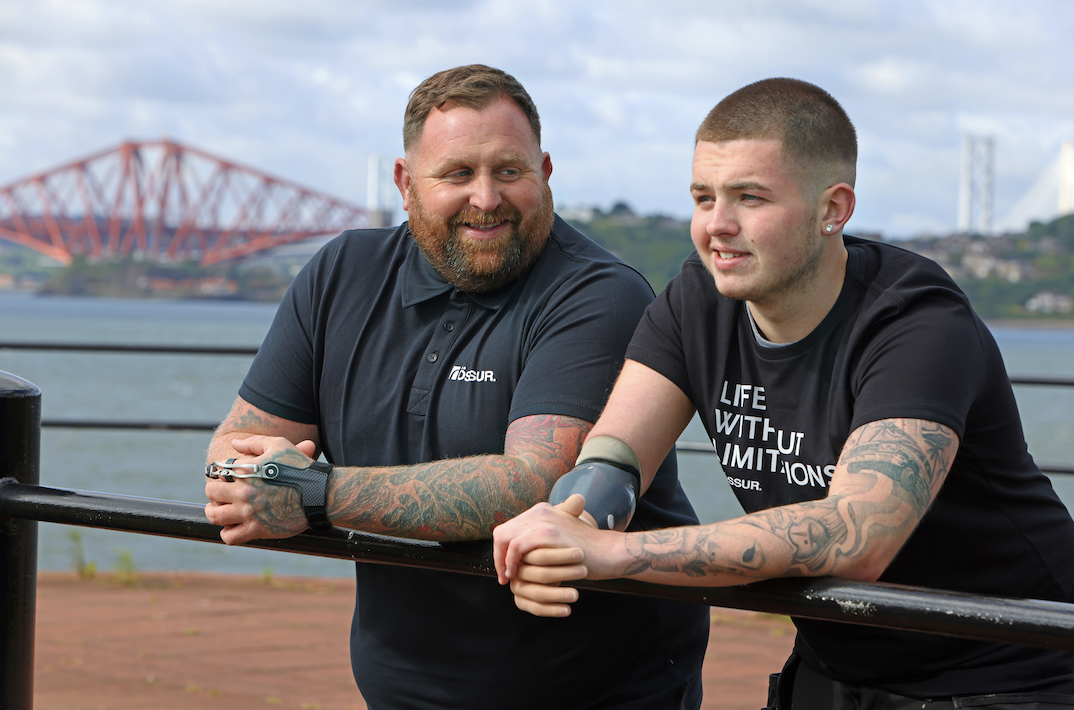
Upper Limb Prosthetics
Upper limb prosthetics including transradial, transhumeral and shoulder disarticulation prostheses are designed to restore function, independence, and confidence – no matter the level or complexity of amputation.
- Cosmetic (Passive) Prostheses – lightweight and lifelike, these prostheses are ideal for users seeking natural appearance without active movement.
- Body-Powered Prostheses – controlled through a harness and cable system, these durable and reliable limbs offer functional movement for everyday tasks, particularly in physically demanding environments.
- Myoelectric Prostheses – these advanced devices use electrical signals from the user’s muscles to control hand, wrist, or elbow movement. Myoelectric systems offer more intuitive control and a wide range of functional grips.
- Activity-Specific Terminal Devices – customised tools and attachments for specific tasks such as cycling, weightlifting, musical instruments, or workplace duties, enabling users to stay active and engaged in their interests.
We also provide access to multi-site myoelectric control and cutting-edge pattern recognition technology, which interprets complex muscle signals across multiple channels. These systems allow for smoother, more natural control of prosthetic hands and arms, supporting multiple grip patterns and movements with greater precision and ease.
With a wide selection of prosthetic hands, wrists, and elbows – from simple mechanical hooks to highly articulated, multi-grip hands – we work with you to find the right combination of components that align with your goals, lifestyle, and preferences.

